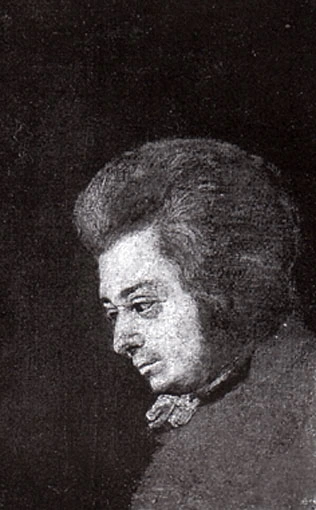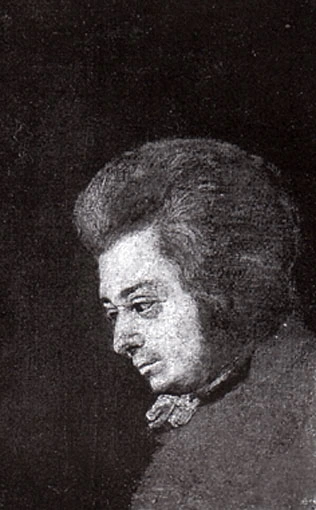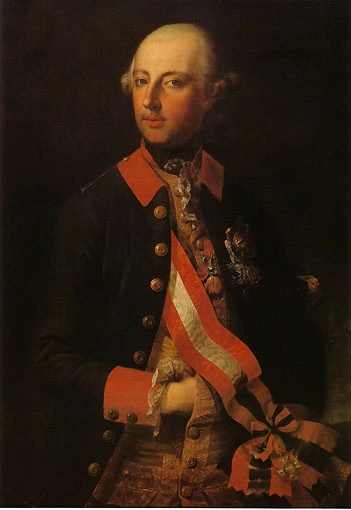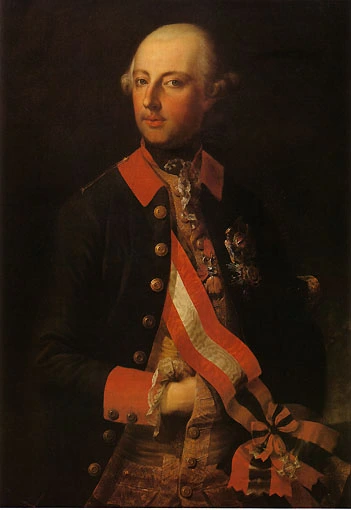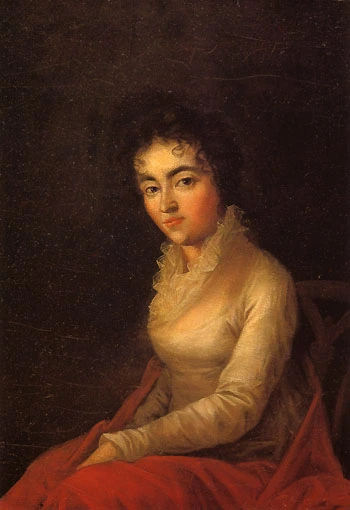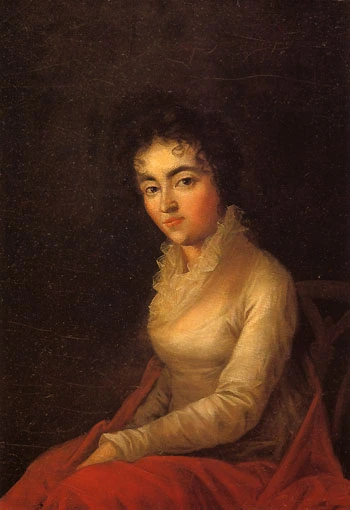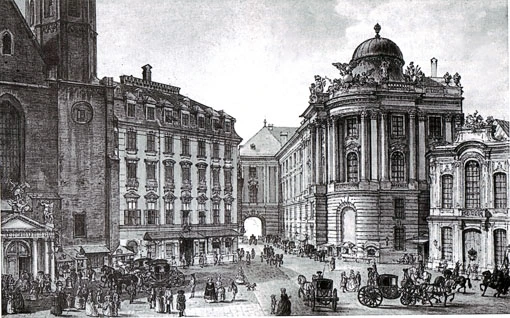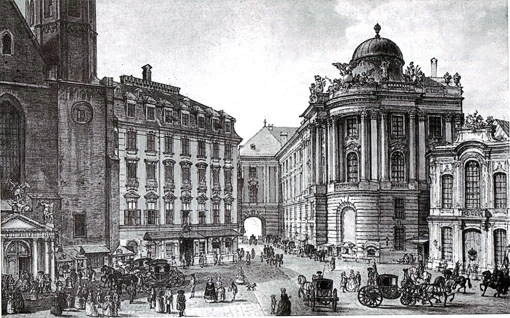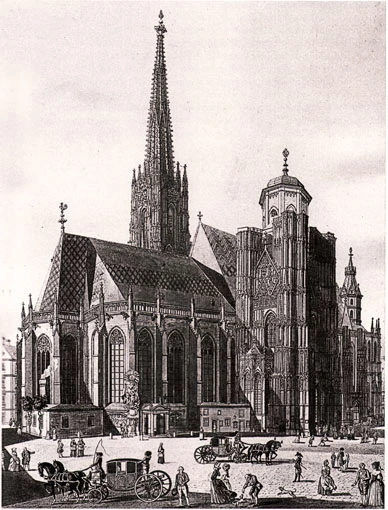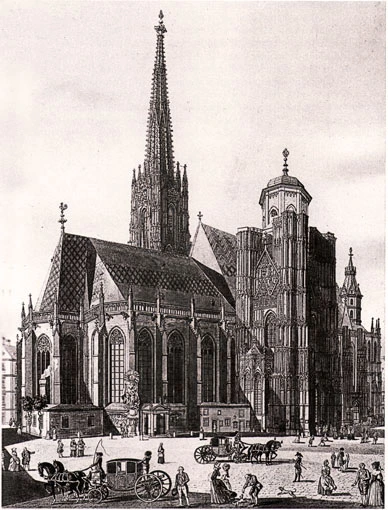Viennese period (1781–1791)
In 1781, after being dismissed from the service of the prince-archbishops of Salzburg, Wolfgang Amadeus Mozart settled in Vienna and attempted to establish himself as a freelance composer, teacher and performer.
The atmosphere in the Austrian capital at the time was very much influenced by Joseph II's creed of enlightened absolutism, and the reforms he planned in this spirit. The innovations he introduced in the realms of public administration, ecclesiastical policy and social policy had a profound impact on the city and society as a whole. Some of these reforms were subject to stern criticism even during the emperor's lifetime, such as the “Josephinian Burial Regulations” (Josephinische Begräbnisordnung), which he introduced for public health reasons. The regulations are celebrated in literature to this day, but had only a limited effect. Mozart was himself laid to rest in accordance with these regulations, in what was very far from a pauper's funeral.
W. A. Mozart
W. A. Mozart
W. A. Mozart
W. A. Mozart
Mozart's Viennese period was his most productive as a composer. In fact, this 10‑year period accounts for almost half of his entire oeuvre. While in Vienna, Mozart worked largely as a freelance composer (although he was appointed Court Composer in 1787, which gave him a permanent – if poorly-paid – position). This meant he was forced to drum up interest in his work among potential clients and patrons. He was to find a number of such sponsors and benefactors among the Viennese nobility – including the Emperor himself – and among the city's upwardly mobile middle class. Mozart's dependence on these financial backers meant that the Mozart family's financial circumstances, while not always precarious, were generally unstable. In 1782, Mozart married Konstanze Weber, and their two sons, Carl Thomas and Franz Xaver Wolfgang, were born in 1784 and 1791 respectively.
Johann Kaspar Riesbeck
W. A. Mozart
W. A. Mozart
W. A. Mozart
Mozart led a very active social life. He mingled freely in the many salons and masonic lodges of the Habsburg capital and royal seat, and it was there that he came into contact with enlightenment thinking – thinking that also found its way into his work (and especially his operas). Mozart gained a considerable income from performing his own works (especially his piano concertos, most of which were composed in Vienna), as well as from subscription concerts and running his own recitals (known as “academies”). Posthumous depictions of him as an underappreciated genius who suffered for his art and failed to win the recognition he deserved are somewhat wide of the mark.
W. A. Mozart
W. A. Mozart
W. A. Mozart
W. A. Mozart
W. A. Mozart
W. A. Mozart
W. A. Mozart
W. A. Mozart
Mozart's last work, his Requiem, was commissioned by Count Franz von Walsegg-Stuppach, and remained unfinished at the time of Mozart's death. The fact the commission was awarded through one of the Count's representatives left room for later writers to construct their own mythology around the work, and particularly regarding a messenger who allegedly confirmed Mozart's premonitions of his own death. The work was finally completed, at the behest of Mozart's widow, by his pupil Xaver Süssmayr. However, a deliberate effort was made to conceal which parts Süssmayr had completed. This ploy was so successful that even today it is impossible to determine with any certainty which parts of Mozart's last work can actually be attributed entirely to Mozart himself.
W. A. Mozart
W. A. Mozart
